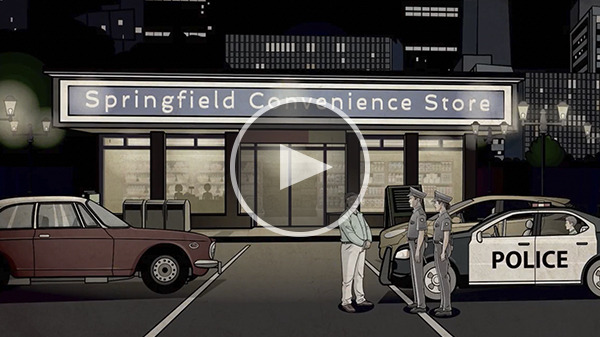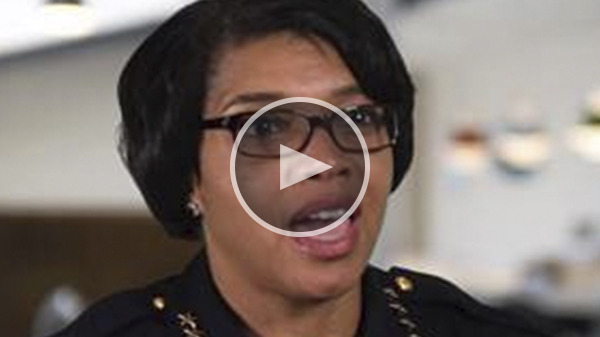You are here
Essentials in Teaching a Policing Course


How to teach a policing class?
Sage author Thomas Mrozla shares insights on facilitating conversations around policing with your students.
By Thomas Mrozla, co-author with Carol A. Archbold and Carol M. Huynh of: Policing: The Essentials
A Google search using the phrase “how to teach a policing class” produces over 5 million results. One swift scan of the first page of results reveals that there are many things to consider when preparing to teach a policing class. Teaching students about the police in America is important and can be a challenge for many instructors, even those with several years of experience.
The last several years have been transformative in the way we think about the police. In addition to the current crisis surrounding the police, police in America are confronting an increase in crime in both small and large cities. These unique challenges require a framework that helps strike balance between student concerns, science, and quality pedagogy. One question every policing instructor should ask is, what are the essentials of teaching policing and how do they inform the current classroom environment that fosters a higher level of learning about the police?
Teaching policing should be a conversation.
Posing simple questions to students such as what the police role in society is sheds more light in a 50 - 75-minute class than an instructor spending five minutes explaining what the police are tasked with and moving on to the next point. In fact, some of my most memorable and productive class meetings have taken place with one simple question posed at the beginning of class. Increasing interaction among the instructor and students is a must. Each chapter of Policing: The Essentials, our new text, contains elements that can form a basis for a conversation. For instance, the "Think, pair, and share" activity can be used to start a discussion. Encouraging students to be critical but respectful is an essential practice of facilitating conversation.
Teaching policing should include empirical evidence.
Some of the conversation around the police can be driven by isolated incidents or anecdotal evidence. While this helpful, quantitative and qualitative research can tell us a lot about policing and this information should form the foundation of the class. In a subject area like policing, we have the opportunity to look to the research to see what we know about a certain topic or what does and does not work or. We have access to the research and a responsibility to expose students to it to demonstrate an empirical understanding of the policing world. The scientific method allows questions about the police to be carefully answered and it is the instructor’s responsibility to expose students to the research on these topics. Our textbook is firmly grounded in the research on every essential topic.
Teaching about the police requires a creative instructor to help students apply course concepts to practice.
It is essential that students understand how topics apply to practice. There are several ways to accomplish this. One way is to invite practitioners to the classroom and talk about how they respond to calls involving mental health, how budget cuts would affect the police, or how they practice problem-oriented policing (to name a few). Another way is to create assignments connecting a course concept to practice. Assigning infographics and homework assignments to encourage students to empirically explore a topic of their choice is another option. For example, creating community problems and having students come up with innovative responses to those problems helps illustrate problem-oriented policing. Moreover, it is essential to learn about what interests and motivations your students have. Creating assignments and activities that cater to both left brain and right brain learners is important.
There are no bad questions when teaching about the police.
In fact, questions should be encouraged, and these questions can be used to facilitate discussion. There’s a lot to learn about policing and instructors can learn just as much from their students. University students bring a diverse set of social and cultural experiences. These different views create a classroom opportunity to expose students to opinions and positions with which they are not familiar. Our book, Policing: The Essentials puts conversation, science, application, and inquiry at the fingertips of both students and instructors.
For more free content for your Policing course, check out the following resources:

Criminal Justice in Practice:
How would you respond
if you were offered $500
as a gesture of gratitude
for your service?
Teach an Policing course? Request a review copy of Thomas Mrozla's newest title:
- 3 Strategies for Engaging Students in Critical Thinking
- Free Activities for Your Introduction to Criminal Justice Course
- Essentials in Teaching a Police Course
- Tips for Teaching a Criminal Justice Course
- How to Talk about Race in the Classroom
- 5 Key Strategies for Moving Your Class Online
- 4 Tips on Successful Video Use in a Criminal Justice Classroom

